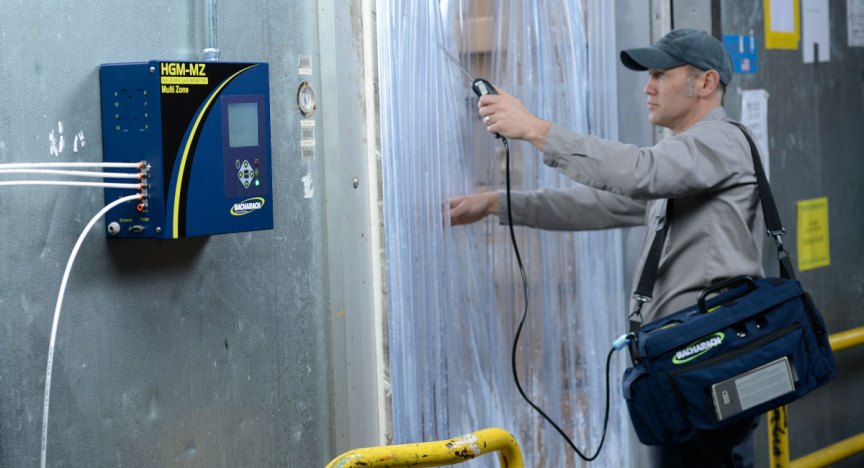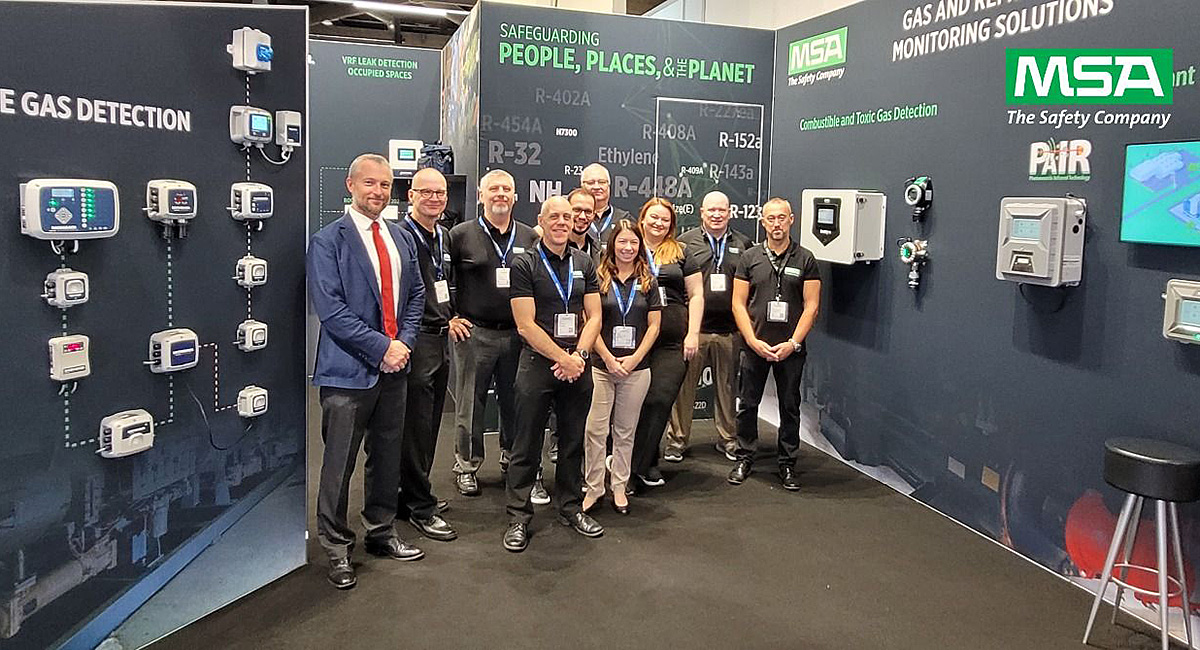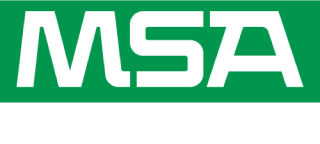
Editor’s Note: The following article was originally published by ACHR News and is being redistributed with their expressed consent. The views and opinions expressed in this article are those of the author and do not necessarily reflect the official policy or position of Bacharach, Inc.
Refrigerant Management Programs Save Money, Reduce Hazards
Refrigerant leaks can be a big problem in just about any commercial refrigeration system.
According to the Environmental Protection Agency (EPA), a typical food retail store leaks an estimated 25 percent of refrigerant, or approximately 1,000 pounds, annually. Depending on the type of refrigerant involved, this can result in everything from hazardous conditions for occupants to environmental ramifications to reduced efficiency of equipment. Not to mention the expenses involved in replacing the refrigerant and filling out leak compliance paperwork.
That is why every food retailer ought to have a comprehensive refrigerant management program in place. Creating this type of program ultimately saves money because preventing leaks is almost always less expensive than repairing them. In fact, the EPA estimates that if every food retailer in the U.S. reduced its refrigeration system’s leak rate to the GreenChill Partner average of 12.9 percent, the industry would save approximately $212 million in annual refrigerant replacement costs.
Where Refrigerant Leaks are Found
When it comes to supermarket refrigeration systems, refrigerants can be a curse, said Jason Ayres, application support engineer with Parasense, a Bacharach company. That’s because, as mentioned above, the leakage of all refrigerants, whether they are HFOs, HFCs, HCFCs, CFCs, or naturals, can have serious consequences.
“The answer is to reduce leakage to an absolute minimum by careful husbandry and training of the contractor base to understand that there is a zero-tolerance policy when it comes to refrigerant leakage.” – Jason Ayres
“Irrespective of the type of refrigerant concerned, the answer is to reduce leakage to an absolute minimum by careful husbandry and training of the contractor base to understand that there is a zero-tolerance policy when it comes to refrigerant leakage,” he said.
However, tracking down every leak can be difficult because large food retailers have expansive refrigeration systems, and leaks can occur just about anywhere. And they can be tiny. As Ayres noted, the majority of refrigerant leakage is due to a number of small leaks that have existed for a very long time, often in these locations:
- Flange Joints
- Flare or Compression Joints
- Schrader Valves
- Gauge Lines
- Solenoid Valves
- Expansion Valves
- Compressor Shaft Seals
- Liquid Line Driers
- Oil Reservoirs
- High-pressure Relief Valves
- Sight Glasses
- Isolation Valves
- Any device that is part of the system and is poorly supported, including pipework.
“Leaks typically occur in areas that have significant changes in temperature, pressure, and vibration,” Ayers said. “That usually includes the rack/pack (e.g., valves, pipe joints, compressors) and evaporators. To a lesser extent, leaks can also occur in piping runs that experience some vibration. Leaks can also come and go, making them very difficult and time consuming to find.”
Karl Johnson, engineering director, Ritchie Engineering Co. Inc. / Yellow Jacket, agrees that while leaks can be challenging to find, they often occur in likely spots, such as joints and connections.
“Refrigerant vapor density affects which direction the gas will move and accumulate,” he said. “Hints like oil leakage can also pinpoint likely leak locations. When a leak is suspected, a handheld leak detector designed for the purpose can be used to precisely locate the leak. The leak can then be marked and appropriate measures taken to fix or monitor it.”
That said, Johnson noted that tracking down leaks would not be such an issue if more care were taken during the installation and servicing of refrigeration systems.
“A well-designed and operating refrigeration system should run essentially trouble-free,” he said. “Installation and commissioning procedures must ensure a leak-free system, and subsequent maintenance should include testing the system to ensure it is leak free.”
Indeed, leaks often occur at the weakest points in a refrigeration system, which can be a result of poor installation.
“These points are typically assembled joints that can flex or loosen over time,” said Keith Baughman, training manager, Danfoss. “Any joint that has excessive movement — such as those not properly installed — will break down over time. In addition, improper installation with poorly soldered joints, nonconforming clamping/hangers, and excessive vibration will create weak points that can lead to a leak. Packing nuts are also a known failure point.”
Aging equipment, improper design, and lack of maintenance can also contribute to leaks in a refrigeration system, said Matthew Cowley, North America sales accounts manager of leak detection, Spectronics Corp. That is why having a proper refrigerant management program in place is so important.
Creating a Refrigerant Management Program
While many food retailers maintain a leak detection program to meet and comply with EPA standards, their programs are not necessarily comprehensive enough, said Baughman.
“Retailers are only required to find and fix a leak when it becomes necessary to add additional refrigerant to the system,” he said. “This must be logged with details on the amount and what was repaired. But a refrigeration system should also be constantly monitored for leaks by tracking receiver levels trends and using a leak detection system with enough zones to cover the entire system.”
Many small food retailers, such as restaurants and convenience stores, tend to have little or no proactive leak detection programs, and they typically do not address leaks until they have equipment failures, said Cowley. He added that larger food retailers, such as supermarkets, sports arenas, and food processing facilities, are usually more proactive regarding leak detection… Continue Reading







